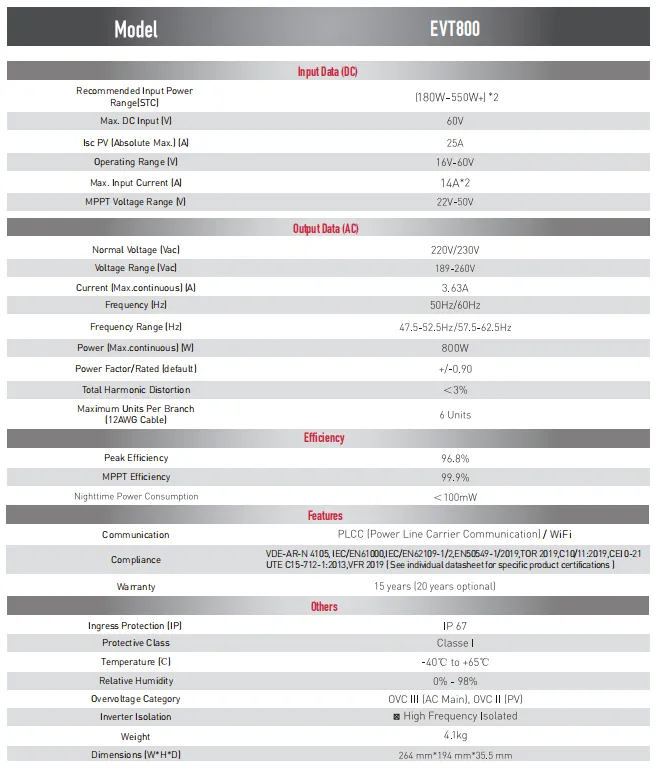high energy solar panels
High-Energy Solar Panels A Leap Towards Sustainable Energy Solutions
As the world grapples with the consequences of climate change, the transition to renewable energy sources has never been more crucial. Among these renewable solutions, solar energy has emerged as one of the most promising, with high-energy solar panels at the forefront of this technology. This article delves into what high-energy solar panels are, their benefits, their technological advancements, and their potential impact on the future of energy consumption.
Understanding High-Energy Solar Panels
High-energy solar panels are specifically designed to capture and convert solar energy into electricity more efficiently than traditional solar panels. These panels utilize advanced materials and innovative designs to maximize energy capture, allowing for greater output per square meter. They are particularly advantageous in regions with limited space for installation, as they can generate more power within a smaller footprint.
The efficiency of a solar panel is often measured by its ability to convert sunlight into usable electricity, expressed as a percentage. High-energy solar panels boast efficiencies often exceeding 22%, compared to the average efficiency of standard panels, which typically ranges from 15% to 20%. This higher efficiency not only leads to more electricity generation but also reduces the overall cost of solar energy systems over time by minimizing the number of panels needed.
Technological Advancements
The rise of high-energy solar panels can be attributed to significant advancements in photovoltaic (PV) technology. One notable development is the use of monocrystalline silicon, which consists of single-crystal structures that allow for improved electron flow and higher energy output. Innovations in materials such as perovskite solar cells also hold great promise, as they can potentially offer even higher efficiencies and lower production costs.
Moreover, bifacial solar panels have gained attention in recent years. These panels can capture sunlight from both sides, effectively increasing their energy generation, especially in reflective environments like snow-covered areas. The integration of smart technology, including solar tracking systems, further enhances the performance of high-energy solar panels by ensuring that they are always positioned to capture the maximum amount of sunlight throughout the day.
high energy solar panels

Benefits of High-Energy Solar Panels
The benefits of high-energy solar panels extend beyond their impressive efficiency. One of the most significant advantages is their ability to contribute to energy independence. By harnessing solar power, individuals and businesses can reduce their reliance on fossil fuels, leading to decreased greenhouse gas emissions. This transition not only benefits the environment but also enhances energy security, as it diminishes vulnerability to fluctuations in oil and gas prices.
Additionally, high-energy solar panels can result in long-term financial savings. While the initial investment may be higher than traditional solar panels, their increased efficiency translates into greater electricity generation, ultimately providing a quicker return on investment. As energy costs continue to rise, the ability to produce one's own power becomes increasingly attractive, enabling homeowners and businesses to avoid escalating utility bills.
Impact on the Future of Energy Consumption
The proliferation of high-energy solar panels is indicative of a broader shift towards sustainable energy solutions. As advancements continue, the costs associated with solar technology are projected to further decline, making it accessible to a larger demographic. Furthermore, as governments worldwide implement policies to promote renewable energy sources, the demand for high-performance solar panels will likely increase.
In urban areas, the flexibility and efficiency of high-energy solar panels can play a vital role in addressing the challenges of energy consumption. By integrating these panels into buildings and infrastructure, cities can harness solar energy without compromising space. This approach also aligns with green building standards, contributing to the overarching goal of reducing the carbon footprint of urban environments.
Conclusion
High-energy solar panels represent a significant step forward in the quest for sustainable energy solutions. Their advanced technology, strengthened efficiency, and ability to foster energy independence position them as a viable alternative to traditional energy sources. As society continues to prioritize environmental responsibility, the expansion of high-energy solar panels will undoubtedly play a pivotal role in shaping the future of energy consumption. With ongoing innovations and a collective commitment to renewable resources, a brighter and more sustainable energy landscape is on the horizon.
-
String Solar Inverter: The High-Efficiency Solution for Smart Solar EnergyNewsJul.14,2025
-
Revolutionizing Rooftop Energy with the Power of the Micro Solar InverterNewsJul.14,2025
-
Power Independence with Smart Off Grid Solar Inverter SolutionsNewsJul.14,2025
-
On Grid Solar Inverter: Powering the Future with Smart Grid IntegrationNewsJul.14,2025
-
Monocrystalline Solar Panels: High-Efficiency Power for the Future of Clean EnergyNewsJul.14,2025
-
Bifacial Solar Panel: A Smarter Investment for Next-Generation Energy SystemsNewsJul.14,2025







